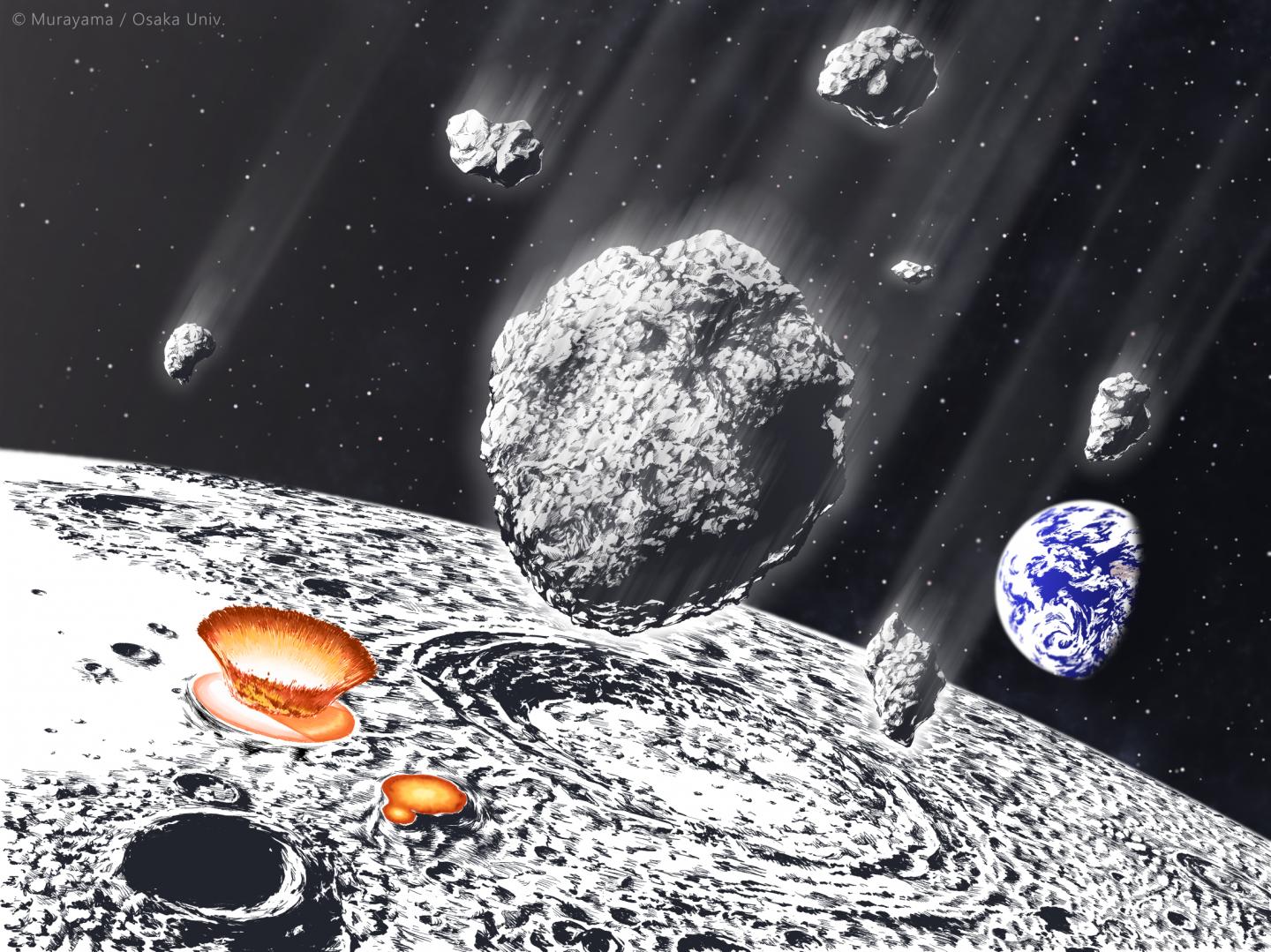Natural processes here on Earth continually re-shape the planet’s surface. Craters from ancient asteroid strikes are erased in a short period of time, in geological terms. So how can researchers understand Earth’s history, and how thoroughly it may have been pummeled by asteroid strikes?
Scientists can turn their attention to our ancient companion, the Moon.
Fortunately, there’s a human fleet of spacecraft at the Moon, including the JAXA (Japan Aerospace Exploration Agency) lunar orbiter Kaguya, also known as SELENE (SELenological and ENgineering Explorer). A team of researchers led by team-members from Osaka University employed images from Kaguya to study large craters on the Moon’s surface. Their results not only tell us about the history of ancient asteroids striking the Moon, they tell us about the same history of asteroids striking Earth.
The team presented their results in a paper titled “Asteroid shower on the Earth-Moon system immediately before the Cryogenian period revealed by KAGUYA.” The lead author is Professor Kentaro Terada of the Planetary Science Group at Osaka University. The paper is published in the journal Nature Communications.
On Earth, ancient crater impacts are erased. Volcanism, erosions, and other processes take care of that. But we do know that asteroids strike Earth, and that they can be deadly. The Chicxulub impact from about 66 million years ago illustrates that succintly.
The Chicxulub impactor was about 10 – 15 km (6 – 10 miles) in diameter. Studies show that we can expect an asteroid about the size of the Chicxulub impactor to strike Earth about once every 100 million years. But since that evidence is hard to come by, the team from Osaka University examined craters on the Moon, to understand what role asteroids have played in Earth’s history.
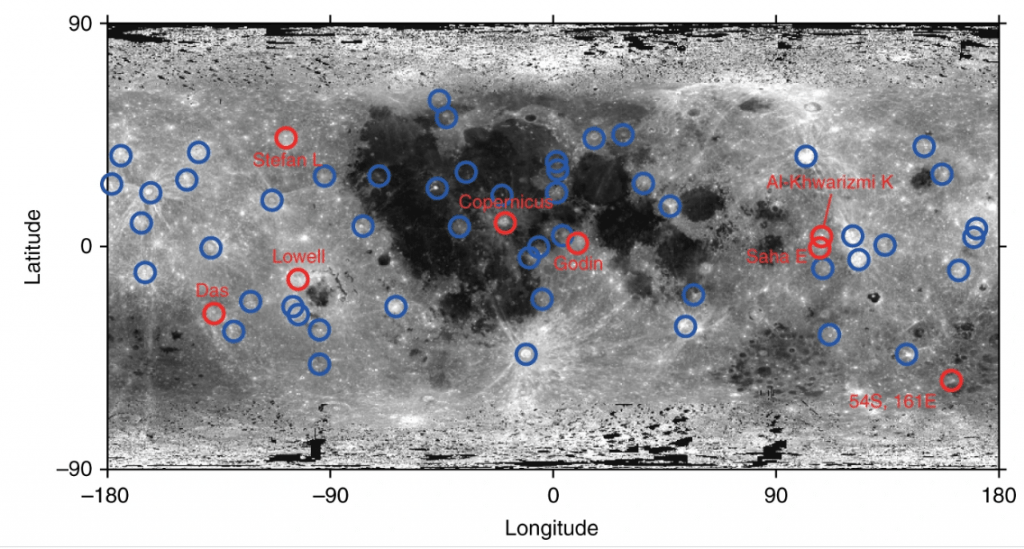
The team looked at craters over 20 km (12.5 miles) in diameter, and studied 59 of them. They examined smaller craters between 0.1-1 km (330 – 3300 ft) in diameter that were in the ejecta of the larger craters.
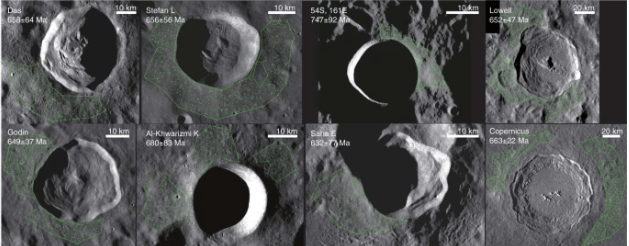
For the prominent Copernicus crater, which is 93 km (58 miles) in diameter, the team found 860 of the smaller craters in its ejecta.
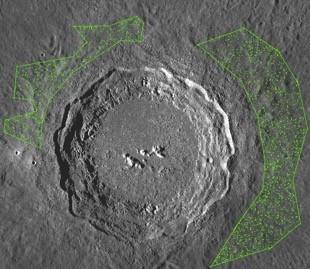
The team used that data to find the age of the Copernicus crater itself. As the authors write in their paper, “Crater size-frequency distribution measurement is a well-established technique to derive relative and absolute ages of planetary surfaces…” After more analysis, the team concluded that of the 59 large craters, 8 of them were formed simultaneously.
From there the team looked at data from the Apollo missions to the surface of the Moon. Radiometric dating of impact melt spherules from Apollo samples show that “sporadic meteoroid bombardment occurred across the whole Moon at approximately 800?Ma,” the authors write in their paper.
The next question is how did the Earth fare during this time? If there were this many asteroid impacts on the Moon’s surface, did the Earth share the same fate? The team says yes. In their paper they write that “Since the Earth–Moon system has been co-evolving over 4.5 billion years, this new finding provides us with crucial insight into the Earth–Moon system because asteroid showers must have occurred not only on the Moon but also on the Earth.”
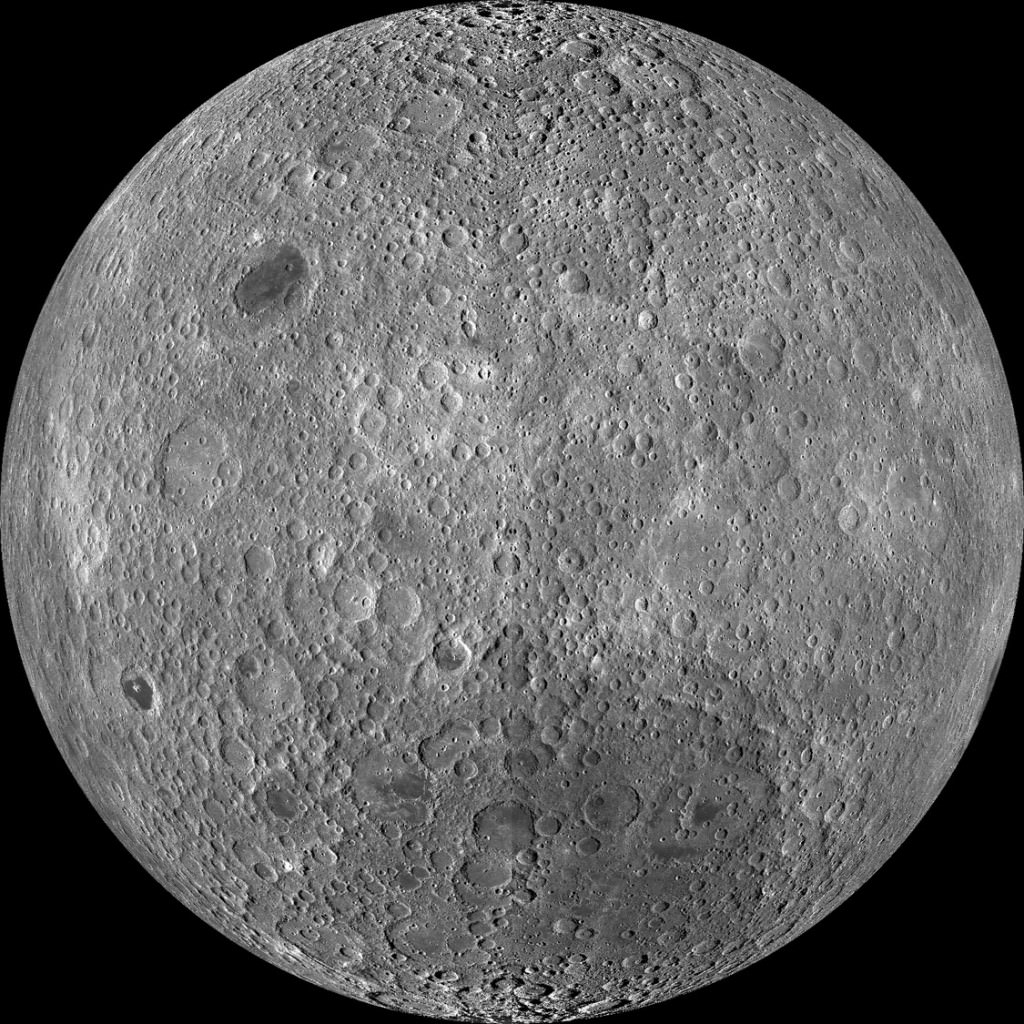
From here, the researchers looked at the orbital characteristics of some known asteroids, especially one called Eulalia (495 Eulalia.) After examining observational evidence on Eulalia from the work of other scientists, the team concluded that Eulalia is a fragment of a much larger rubble-pile type asteroid that orbited near Earth. When that larger body broke up, some chunks like Eulalia survived, but much of the rest of the larger body didn’t.
The team says that the break-up of the parent body sent a massive shower of meteors towards the Earth and the Moon.
In their paper they write that “Based on crater scaling laws and collision probabilities with the Earth and Moon, we suggest that at least (4–5)?×?1016?kg of meteoroids, approximately 30–60 times more than the Chicxulub impact, must have plunged into the Earth-Moon system immediately before the Cryogenian, which was an era of great environmental changes.”
The Cryogenian Period lasted from about 720 million to 635 million years ago. The two greatest ice ages in Earth’s history happened during the Cryogenian. Could heightened meteorite activity be related to the onset of the Cryogenian?
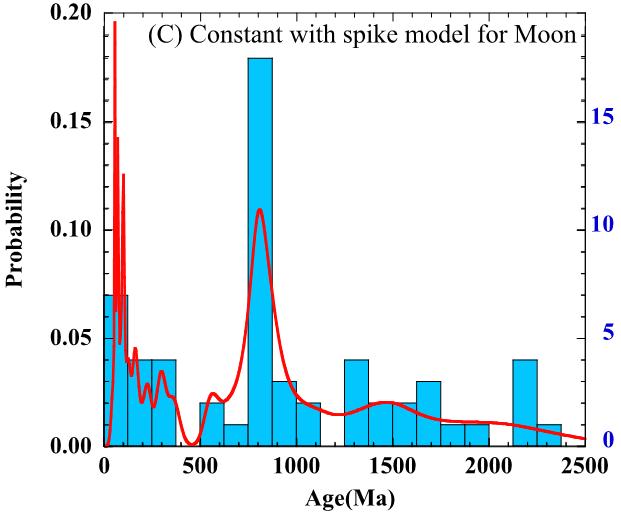
Image Credit: Osaka University/Terada et al, 2020.
The team says yes. They also show that some of the fragments remained in the asteroid belt as members of the Eulalia asteroid family. The asteroid Ryugu, recently visited by JAXA’s Hayabusa 2 sample-return mission, is one such body. Other remnants evolved orbitally into near-Earth asteroids.
They say that these sporadic meteor showers may have delivered large amounts of phosphorous to Earth, affecting the terrestrial environment. “… a fundamental shift in the phosphorus cycle may have occurred during the late Proterozoic Eon after 800?Ma (until 635?Ma),” the authors write. The effects of that may have been far-reaching. “…our new finding suggests that the flux of extra-terrestrial bioavailable elements might also have influenced marine biogeochemical cycles, marine redox states, severe perturbations to Earth’s climate system, and the emergence of animals,” the team writes in their paper.
They also say that the meteor showers may have delivered volatile elements to the surface of the Moon.
In a press release, lead author Professor Kentaro Terada said, “Our research results have provided a novel perspective on earth science and planetary science. They will yield a wide range of positive effects in various research fields.”

This is important work, because we know that asteroid strikes have played an enormous role in shaping the history of life on Earth. Most people know about the Chicxulub impact event in the Yucatan, which triggered a mass extinction of life on Earth, and wiped out the dinosaurs. But since the Cambrian explosion of biodiversity about 541 million years ago, there’ve been four other mass extinctions.
Asteroid impacts and other extra-terrestrial events likely played a huge role in these episodes, including the onset of the Cryogenian Period. And aside from extinctions, the delivery of large amounts of things like phosphorous may have effected the evolution of life on Earth, too.
But this all begs the questions: Will there be another calamitious impact, or series of impacts? When?
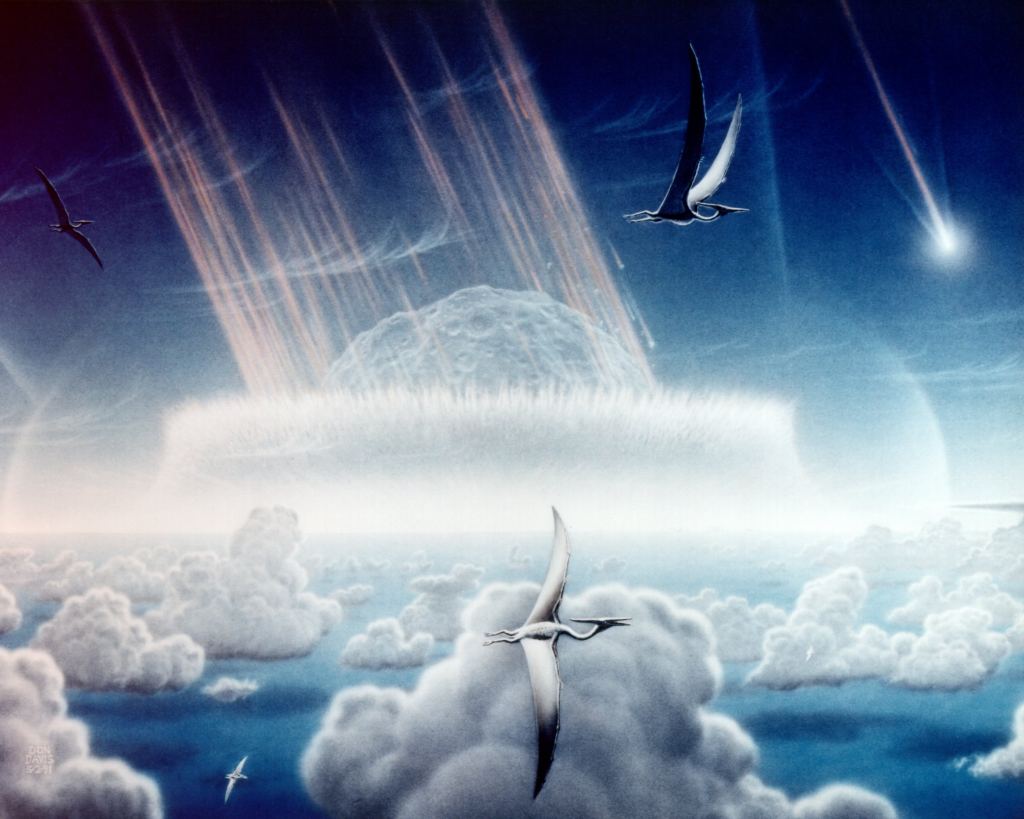
The first question seems easy to answer: of course it’ll happen again. But that answer’s not much help. The real question is when?
Nobody knows for sure. But evidence shows that a Chicxulub-sized impactor should strike Earth about every 100 million years. So that means, if all goes well, we have a maximum of 35 million years until the next one comes. Or, it could happen anytime between now and then.
We’re getting better at spotting and cataloguing all of the rocks flying around in our neighbourhood. That’s why it seems that almost every month there’s a headline about an asteroid coming our way, but always missing us.
One day, sometime in Earth’s future, one won’t miss.
More:
- Press Release: Asteroid shower on the Earth-Moon system 800 million years ago revealed by lunar craters
- Research Paper: Asteroid shower on the Earth-Moon system immediately before the Cryogenian period revealed by KAGUYA
- Universe Today: It Was Almost Certainly an Asteroid Impact that Wiped Out the Dinosaurs. In Fact, Volcanoes Might Have Helped Life Recover

